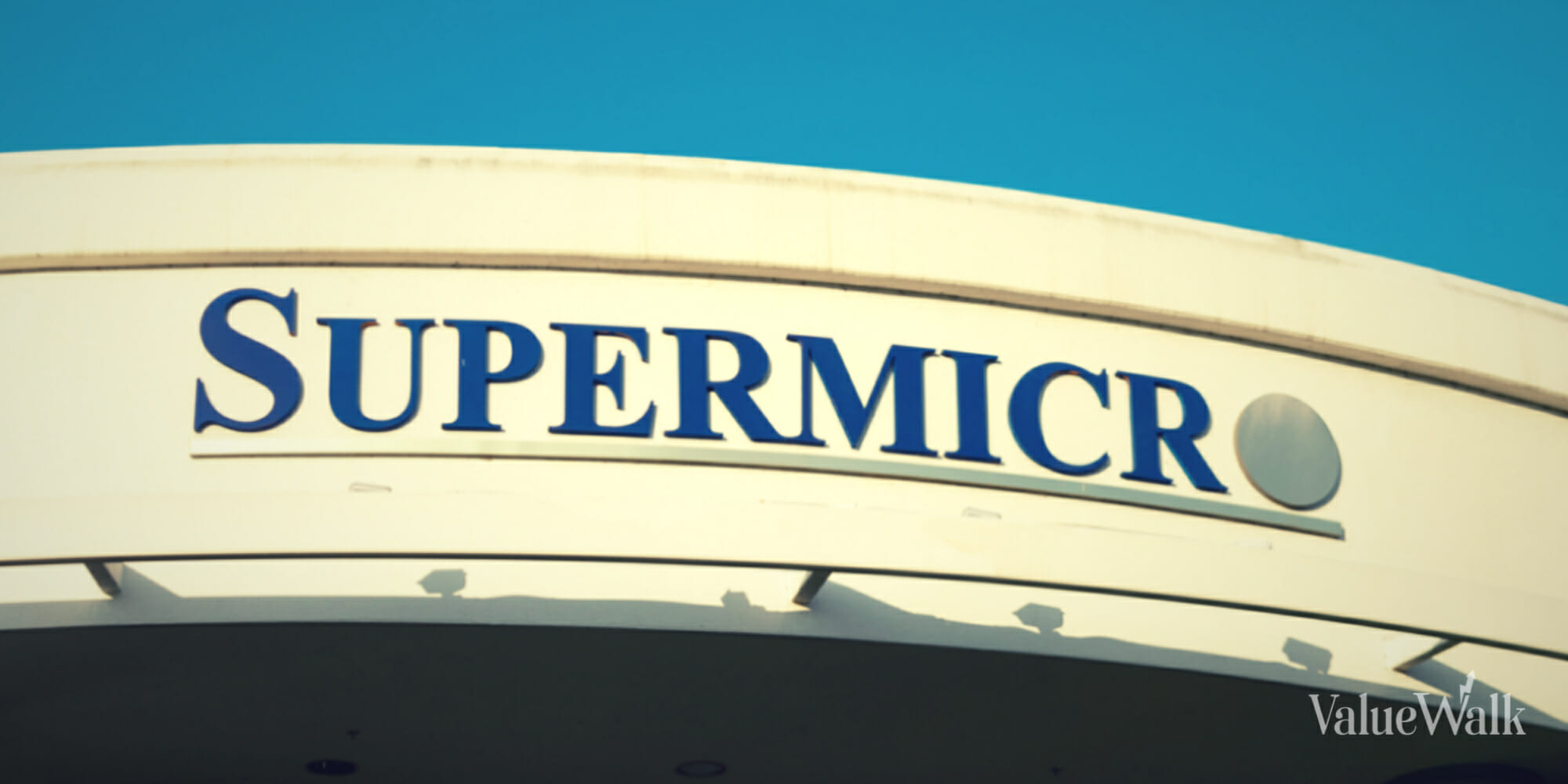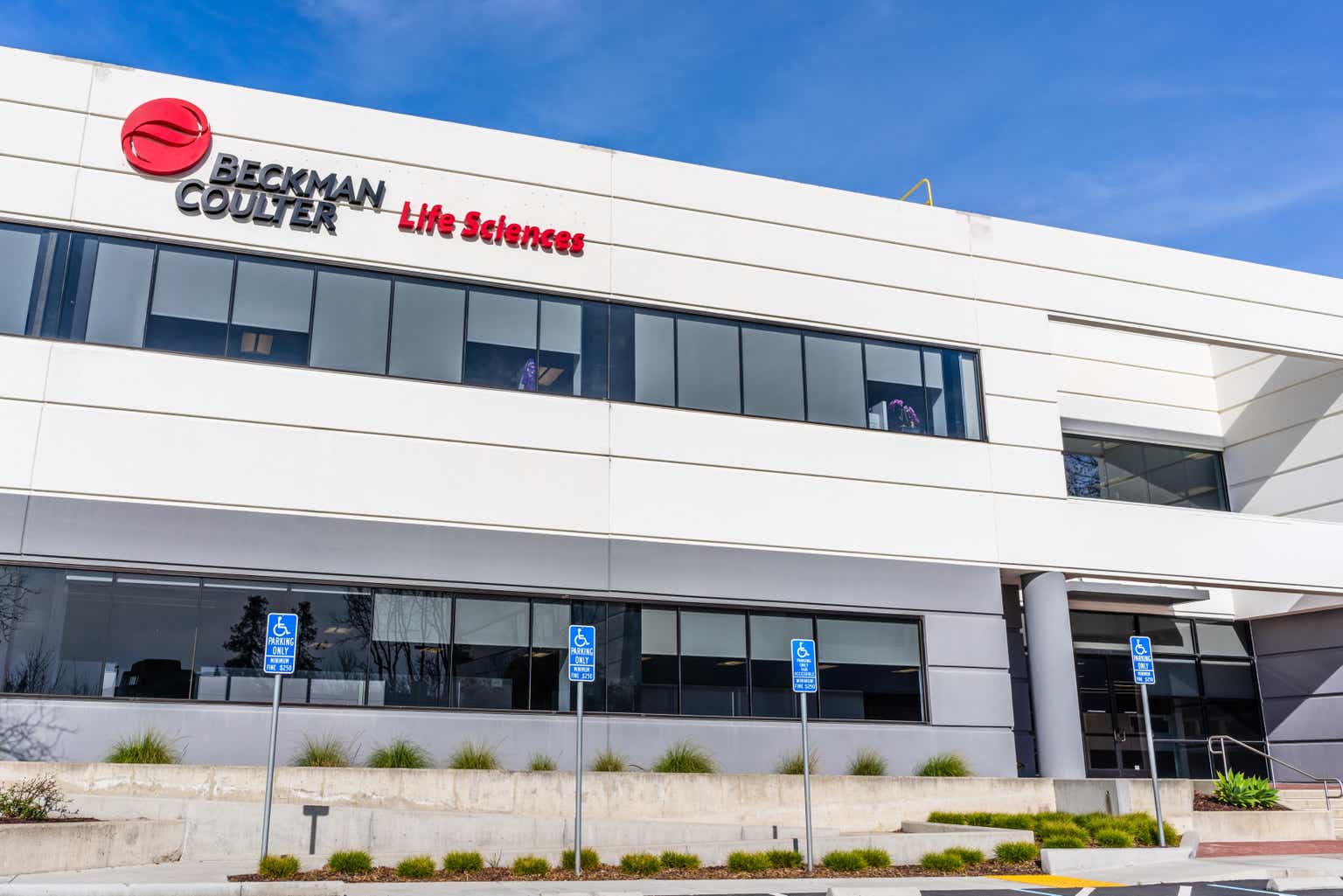Traders were overwhelmed as “new NVIDIA” SMCI stock soared and fell.

What does a bursting bubble look like? This usually starts with fear and regret as an eager trader buys a stock near its peak, only to watch in horror as selling pressure intensifies and losses mount.
This process began on Friday, when stocks of the supposed “new” NVIDIA (NASDAQ:NVDA), Super Micro Computer (NASDAQ:SMCI), lost about 20% of their value in one day. Apparently, some amateur traders are learning the hard way that stocks don’t always go up in a straight line.
The ride up is always the fun part
This is in no way to suggest that Supermicro Computers is a bad business. In summary, Supermicrocomputer manufactures advanced computer servers for use in artificial intelligence (AI) applications.
Servers from Super Micro Computer often come with graphics processing units (GPUs) manufactured by NVIDIA, a darling of the AI hardware market. As a result, it is clear that the market has decided to hold on to SMCI stock as the heir to the title of ‘Next NVIDIA’.
For what it’s worth, Super Micro Computer saw impressive growth in its most recently reported quarter. During the second quarter of fiscal 2024, Supermicro Computers recorded net sales of $3.66 billion, more than double the $1.8 billion generated during the same period last year.
Moreover, the company reported diluted net income of $5.10 per share for the second quarter of fiscal 2024, compared to $3.14 per share for the same quarter of fiscal 2023. So it would be understandable if SMCI stock price rises moderately.
However, due to the massive AI hype, SMCI stock price went parabolic, rising from $300 to over $1,000 in a matter of weeks. For a time, the stock traded at $1,077 per share.
Along with the AI hype, there have also been self-promotional moves by the company. That’s because Supermicro Computers significantly increased its fiscal 2024 revenue guidance range from $10 billion to $11 billion, to a new range of $14.3 billion to $14.7 billion.
This is a dangerous game that some of the biggest tech companies like to play these days. They will almost inevitably issue very optimistic future guidance that will push the stock price higher. This is a tactic that works in most cases. But they must live up to those high expectations.
What happens…
Next thing you know, any pin can pop a bubble. For example, an unoptimistic analyst might issue a warning about a stock, triggering a wave of panic selling.
Apparently, this is what happened on Friday when Wells Fargo analyst Aaron Rakers issued an Equal Weight rating and $960 price target on SMCI stock. Moreover, the Lakers warned that Super Microcomputer’s stock price was “discounting its already solid upside potential.”
“We believe the stock will be very sensitive to signs of easing demand for GPU-based servers,” the Wells Fargo analyst added.
In fact, it is “highly vulnerable.” SMCI stock price immediately fell from about $1,070 to just over $800 after the Rakers scraped the company into the proverbial rut.
Just a day ago, Bank of America (NYSE:BAC) analysts issued a Buy rating and $1,040 price target for Super Micro Computer stock. I could be wrong, but I have a strange feeling that I will be revising my price target lower in the coming weeks.
Let’s hope that someone, somewhere can learn the lesson of what can happen after a stock posts nine straight bullish sessions. Sober investors will be reluctant to buy a stock after such a sharp rise, but others will try to jump on the bandwagon and ride the tail end of the move.
The fallout from pop and drop can be fatal to unwary traders. While a stock like SMCI can certainly go higher after a vertical move, the risk/reward balance becomes less favorable.
“No institution wants to hold something as a long-term investment when things are torn apart like this. Michael Matousek, senior trader at US Global Investors Inc., explained:
This is a textbook example of what can happen when the “momentum of play” goes wrong. Chasing the high ground can lead to life-changing losses. Supermicro Computers may be a promising business, but no one can promise that stock losses will be recovered.



